8. The Sweet Hereafter (1997)
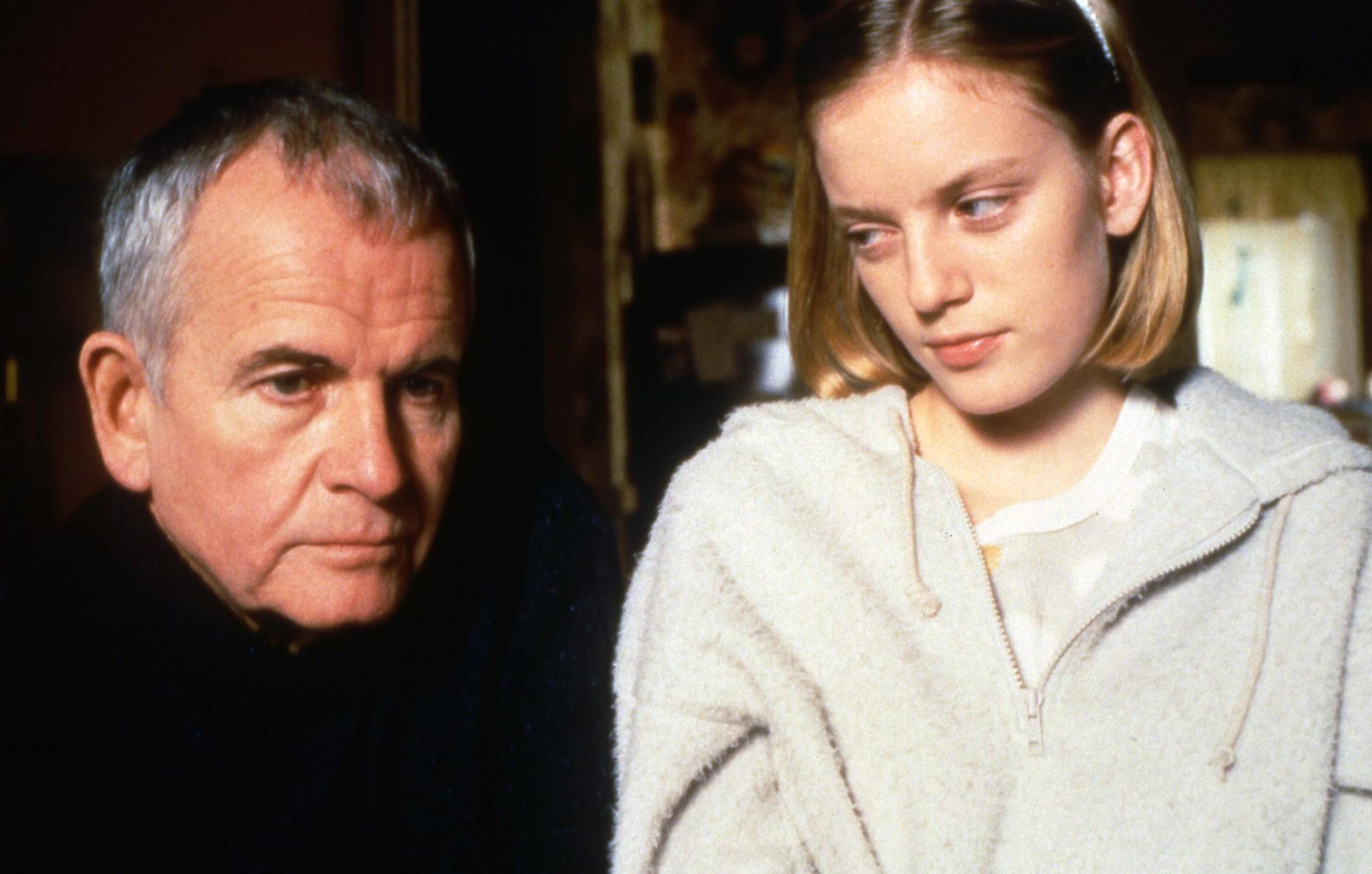
The artistic entity of the “The Sweet Hereafter” elaborates on the emotional paralysis of a heart confronted with a fateful loss, and adopts an attitude of sincere empathy. Through an oneiric visual interpretation and a haunting ambience, Egyptian director Atom Egoyan stirs penetrating existential wonders and displays an unusual outlook on turning points of life.
In a small town located in an idyllic environmental setting, a car crash takes place which costs the lives of many children. The grief overwhelms the entire community, since no action is capable of restoring the strenuous damage. Moreover, the peaceful mood of the charmingly rustic landscape comes ironically in contradiction with the parental undimmed anger.
What kind of mental state could ever ease the pervasive emotional pain, the moment that the future of a land is violently interrupted, without any justification or divine intervention? Films own an inconceivable ability to describe in an arcane language ineffable sentiments and thoughts. In its emergent dramatic and simultaneously lyrical atmosphere, “The Sweet Hereafter” reveals an ethereal aspect of human hypostasis and generates an indistinct feeling of love for life that pierces the heart.
7. Cléo from 5 to 7 (1962)
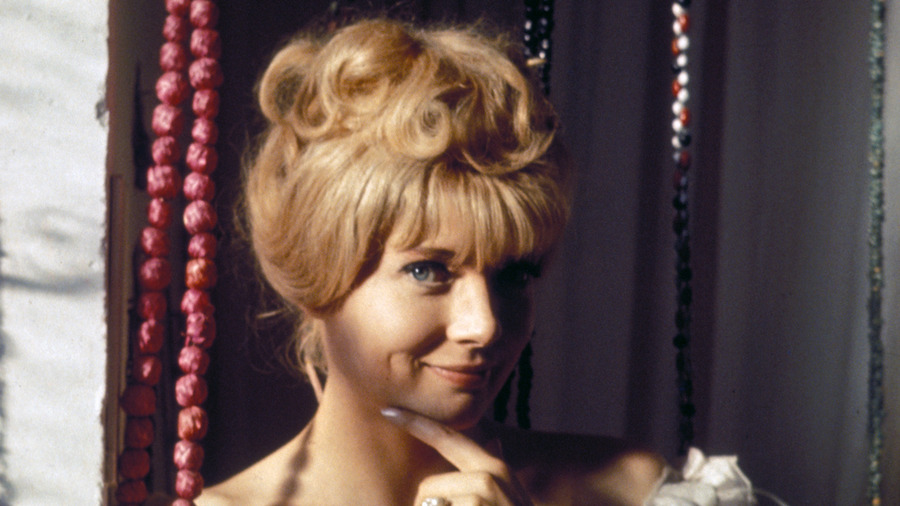
Agnes Varda’s one-of-a-kind heroine, masterfully portrayed in her emblematic film “Cléo from 5 to 7,” represents the term “drama queen” unlike any other. Cléo is a rising Parisian pop singer, spending two bizarre but pithy hours of her life, so as to cogitate on the idea of an imminent death.
As a first clumsy reaction to a vague cancer diagnosis, Cléo visits a fortune teller who fails to put her at ease. Later on, she visits a café where one of her hits is played on the jukebox, meets with her lover in her minimally decorated apartment, and shares an enlightening dialogue with a stranger in a park.
During these hours and through her attitude toward friends and lovers, stepwise come to light Cleo’s genuine insecurities and existential agonies. Her backlash to a death’s theoretical approach expresses an insatiable longing for life. While she casts doubt on her creativity, social acceptance, and meaningful erotic experiences, her complex behavior reflects on her youthful spiritual needs.
In the most symbolic and quite grotesque scene of the film, Cléo visits a hat store with her maid. She chooses a heavy black hat, and while she tries it on, her figure is reflected on many mirrors from several different angles. Quite so, it appears that drama concerns the fiery experience of life, not the abrupt event of death. Even if a pretext exists, perceiving life as an ominous disaster is a matter of choice.
6. Talk to Her (2002)

A fearless female bullfighter stands against an enraged bull for the last time and lapses into a state of coma. A young and ethereal ballet dancer has the same unfortunate fate. Henceforth, these women share the same status of mental paralysis. Withal, even before Alicia and Lydia stood one next to other, spiritually lost in a continuous sleep, they had a lot in common: creative heat, visions, and a bold attitude toward life.
Two men are always around these brain-dead woman, devoted in their own way and full of sincere desire to see them return from the elusive land of nonexistence. Marco is a professional traveler. Benigno is a quirky male nurse. Both of them are essentially alone. In their heads, these women are a symbol of life in its most bright, courageous, and erotic form. Thus, an effort to bring them back to life is actually a cerebral fight against death.
Wigwagging between a kind of unconventional melodrama and a captivating form of artistic originality, Almodóvar’s “Talk to Her” elaborates on solitude, devotion, and companionship. Moreover, synthesizing an insoluble unit of solid and emotionally intriguing ideas, Almodóvar focuses on those who attempt to confront the terrifying experience of life through someone else’s worldview, and dedicate themselves to the undying duty of caring, protecting and satisfying a life mate.
5. Songs from the Second Floor (2000)
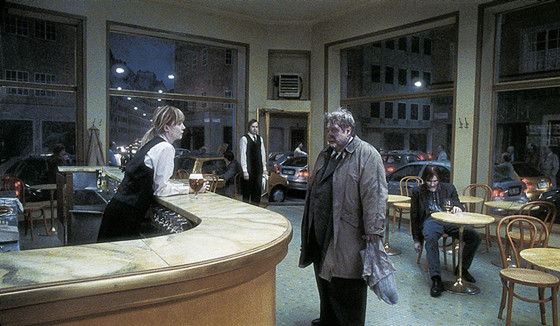
Provocative, funny, heartbreaking, and of a different hue, the film “Songs from the Second Floor” comes to create a bizarre mosaic of ideas concerning the meaning of life. Observing the organized social structures through a kaleidoscope, Roy Andersson makes a wry comment on holdover human relationships, political constraints, and fallacies of religion.
Andersson’s specular universe entails tragicomic caricatures, appearing even paler than a piece of paper. They act motionless like automatic machines, seeming to be completely unfamiliar with vital physical and spiritual functions. These deadpan figures unconsciously incur a fruitless beingness, infused within accepted degradation, apathetic interactions, and faded pleasures.
A man is being dismissed from his job under humiliating circumstances; a professional mummer struggles to sell some joy in vain; and an immigrant undergoes an unjust attack on a central urban road. All of these oddly depicted and bitter scenes evoke a mental fight against the instated mundane absurdity, and essentially reveal that survival prevails with great force over purposeful life.
4. My Life to Live (1962)
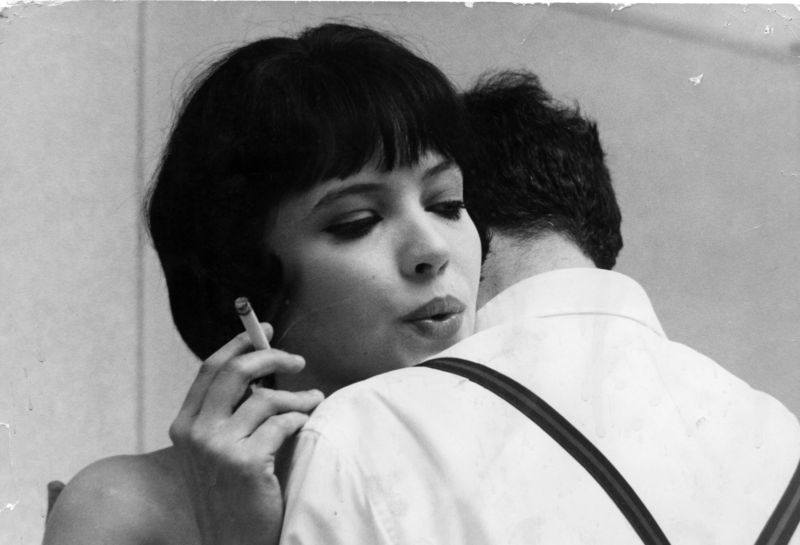
Jean-Luc Godard’s “My Life to Live” is a film in 12 episodes; or, more aptly, Nana’s contradictory life illustrated in 12 crucial chapters. She is a Parisian beauty, dreaming to enter the world of spectacle. Instead, her female lures lead her to the shady trails of prostitution.
Nana is unsatisfied of spending a lifetime by working in a record store, deprived of sufficient funds, passion, and prospects of development. In such a way, she decides to prostitute herself, meaning to superficially lend her physical being and virtually keep her spirit intact. Sadly, her course on the filthy streets of Paris moves forward, until she finds herself miles away from her original intentions.
In Ana Karina’s soulful face, the callous impact of the timeless social cubby holes is mirrored on those who are originally placed in a disadvantaged position. Her disheartening role as Nana expresses another Joan of Arc: a life lover that leverages life through suffering and sits longing for death in order to break free.
Filming the streets of Paris in retro black-and-white aesthetics and utilizing Karina’s incomparable sad beauty, Godard induces a kind of disturbing satisfaction and gives food for thought in relation to several existential concerns.
3. Yi Yi (2000)
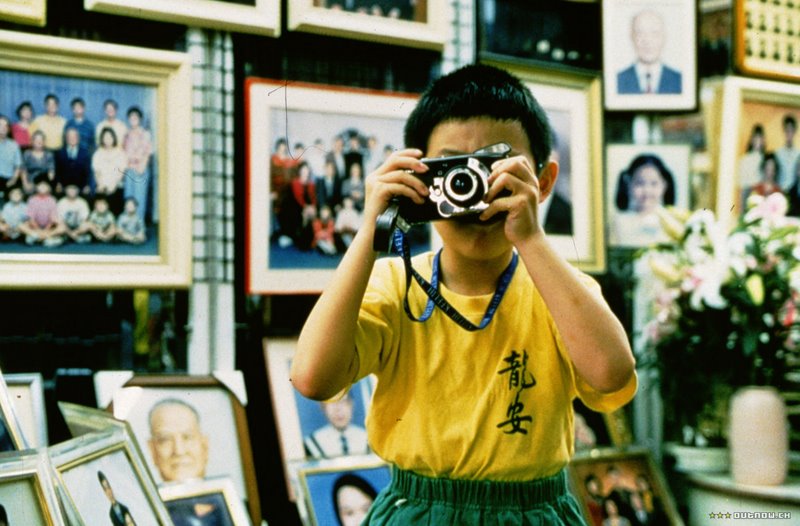
In modern Taipei, a middle-class family seems to enjoy the acquired materialistic convenience and capitalize the conventional chances of Taiwanese modern-day society. Following the daily life of this family, it is gradually revealed that behind the scenes, all of its members nourish unsaturated desires and deal with doubts and regrets every single day.
The younger member of the family, an 8-year-old boy named N. J., comes to add insult to injury through his uniquely advanced perceptive ability. Somehow, he insights that people around him observe their world from specific viewpoints, and thus, he takes countless pictures in order to expose an all-around view of reality.
In an intelligent, vivid, and kind of naïve way, the authentic film “Yi Yi” highlights the subjectivity which defines the most situations of life, criticizes the blinding effect of the extensively industrialized world, and attempts a straightforward challenge to several preconceived life values in modern societies.
What does it really mean to be successful in life? Is success always interwoven with happiness? These are the most crucial questions of the film. All of the characters count victories and losses. A heavy cloud of incomplete romances and lost chances constantly follows them. Still, an effort to figure out the perfect combination that promises a form of utter happiness is an ineffectual procedure. Truth has always two sides.
2. Wild Strawberries (1957)

Isak Borg, a professor approaching the last days of his long life, travels with his daughter-in-law from Stockholm to his hometown. This occasion rakes up memories of his youth and inflames an intense bitter emotion related to his disappointing conventional marriage and wasted romantic feelings.
During this meaningful trip, a sequence of Isak’s dreams and intellectual visits to his past unfolds, illustrating this old man’s nostalgic mood and overview of a lifetime. At the age of 76, one can reflect himself on the mirror of the past, not on the glassy surface of a promising future.
Accordingly, Isak finds himself staring at a projection which exposes vividly the figure of his one true love and the young version of himself. This version refers to a charming, energetic and intelligent boy, tasting the wild strawberries of the Swedish countryside.
Ingmar Bergman’s “Wild Strawberries” is neither one of his dismal filmic creations, nor does it find a place between his optimistic ones. It’s a film simply intending to honor an unadorned life and forgive the humane weakness, echoing back to youth’s beauty and lovable essence.
1. The Ballad of Narayama (1958)
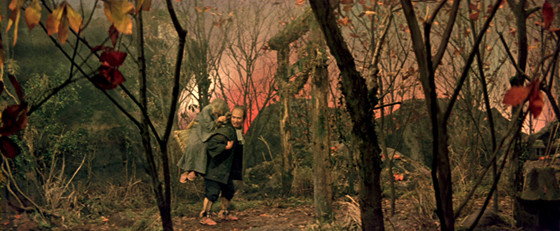
By presenting in theatrical style an individualistic, insightful, and haunting story, Japanese director Keisuke Kinoshita remarks upon the fleeting nature and persistent spirit of our kind. His film “The Ballad of Narayama” mocks the timeless askew desire for dominion, which often has resulted in absurd actions and traditions throughout history.
In a medieval Japanese village, built at the foothills of mountain Narayama, the shortage of food has become the original cause of a morbid collective habit: once a person grows quite old, his descendants carry him at the top of the mountain, so he’s allowed to die of drought and starvation.
An old woman decides to resist to this relentless fate, while her sensitive son is as well unfamiliar with the idea of sentencing his own mother to death. Nevertheless, rules are rules. Promptly, mother and son set off their last common journey. The natural setting imprinted in unrivaled beauty, cinematographically speaking, clashes loudly with the atrocious essence of the evolving procedure, whereas a silent escalation of distressing emotions takes place.
Kinoshita suggests that for the sake of mankind’s future, the past is sacrificed. The roots offer life to the branches and then they are wildly eradicated. Such an inhumane deed has been carried out again and again.
In a world going mad, it’s easy for one to walk away from their nature, forget the actual scopes of beingness, and even confuse life with death. On the other hand, above the chaotic jumble of taught logic, nature watches ironically, moving graceful and immortal in its eternal circle.